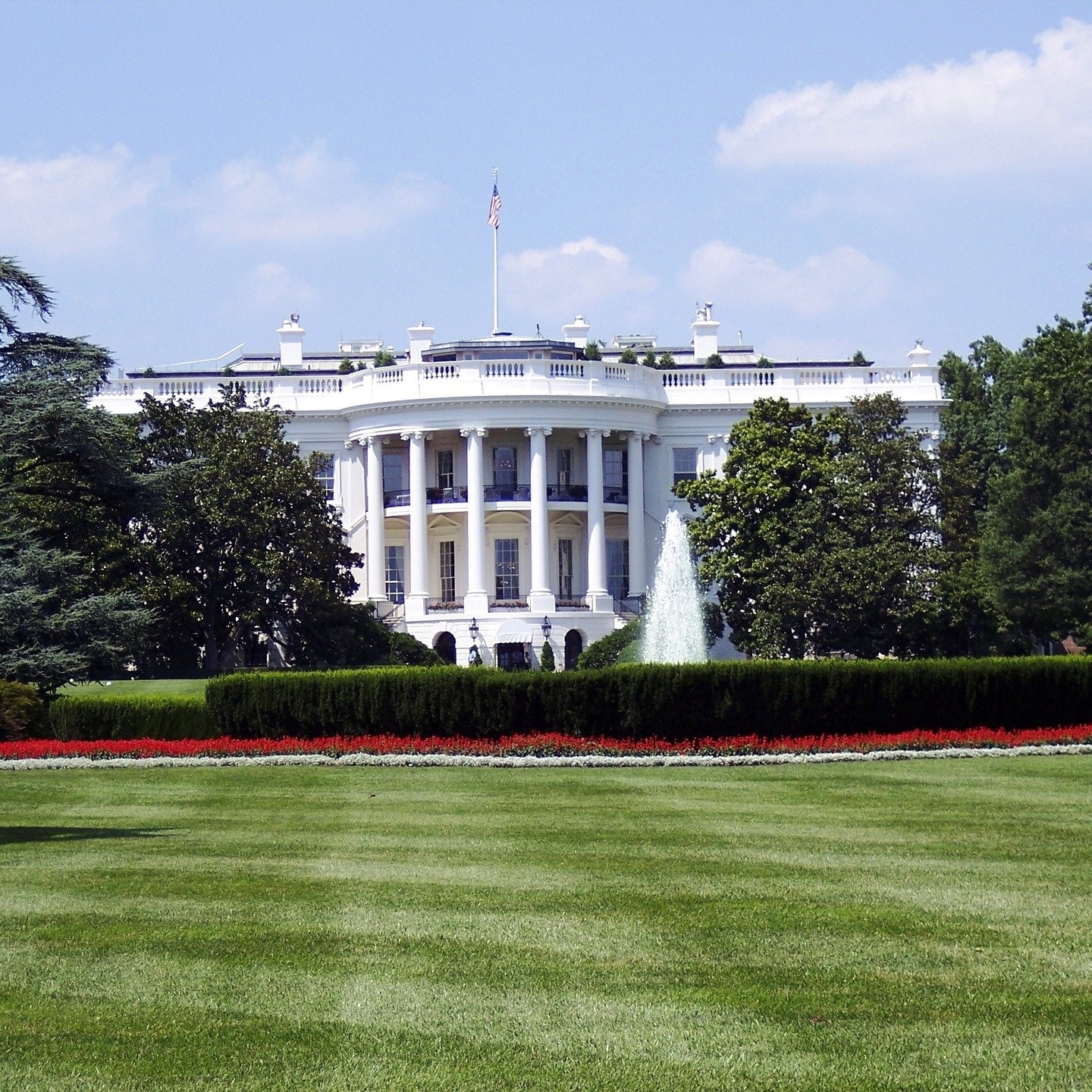The Biden administration unveiled some details about its infrastructure plan which calls for significant investment in broadband. The American Jobs Plan will invest more than $3 trillion by some accounts in a variety of infrastructure projects.
A White House fact sheet about the infrastructure proposal referenced the 1936 Rural Electrification Act, which aimed to bring electricity infrastructure to rural America, as a precedent for doing something similar today with broadband. Indeed the fact sheet goes so far as to say “Broadband internet is the new electricity.”
While this White House fact sheet outlines the American Jobs Plan, it’s very light on details. The plan does advocate for $100 billion in funding to “Build high-speed broadband infrastructure to reach 100 percent coverage,” that is “future proof.” There are other interesting issues that this infrastructure plan encourages with respect to broadband public policy.
For one, it explicitly proposes that broadband networks owned, operated by, or affiliated with local governments, non-profits, and co-operatives be given priority support. Priority support is not defined, but this stance should engender a lot of debate for sure. It goes on to specifically cite removing barriers so rural electric cooperatives and municipalities can compete on an even playing field.
The even playing field reference is in support of promoting more transparency and competition in the broadband sector. The infrastructure plan is calling for broadband providers to clearly disclose pricing.
An End to Broadband Subsidies?
One of the more interesting proposals from the plan, in an effort to reduce the cost of broadband and promote more widespread adoption, is to address broadband subsidies, presumably the universal service fund (USF) program (although the fact sheet doesn’t explicitly cite the USF program). The plan appears to be calling for an end to subsidies.
“While the President recognizes that individual subsidies to cover internet costs may be needed in the short term, he believes continually providing subsidies to cover the cost of overpriced internet service is not the right long-term solution for consumers or taxpayers,” the White House fact sheet on the plan states.
Subsidies have long been a tenant of U.S. telecom public policy and have contributed billions of dollars each year through a range of programs, including the USF high-cost fund which is supposed to help make broadband service affordable for rural residents in areas where the cost to deliver that service would be abnormally high.
The current USF program is under pressure and some argue unsustainable in its present form because it relies on declining revenue from voice traffic. Makes you wonder if the American Jobs Plan will look to ultimately end USF or replace it with something else.
Shirley Bloomfield, CEO of NTCA-The Rural Broadband Association responded to a question from me about this development, saying “There are a number of key policymakers on both sides of the aisle who recognize that it’s not just about building networks, but sustaining them and keeping services affordable on them – and those folks of all stripes have repeatedly recognized the value of universal service as both a policy and a program. It is in statute and has many key programs tied to this cornerstone for rural broadband deployment.”
It is kind of ironic, at least in my mind, that the plan calls out subsidies as contributing to the high cost of broadband. Some would argue that those subsidies do the exact opposite, at least for rural residents. They act to keep costs lower in high cost areas and more comparable with lower cost to serve urban areas.
Conversely, some argue that the USF and other government subsidies simply aren’t working well enough, since the digital divide is still very prevalent, despite the billions in subsidies that have been provided over the years. Meanwhile, the U.S. overall has some of the highest cost retail broadband service fees when compared to other countries.
“Americans pay too much for the internet – much more than people in many other countries – and the President is committed to working with Congress to find a solution to reduce internet prices for all Americans, increase adoption in both rural and urban areas, hold providers accountable, and save taxpayer money,” the fact sheet states.
The Biden infrastructure plan and the broadband funding it proposes are a long way from becoming real. There will be considerable debate about these issues and the plan still has to make its way through Congress. Given our current political climate, we’re in for a doozy of a time, watching the debate unfold and the attempt at getting the plan passed and implemented.


